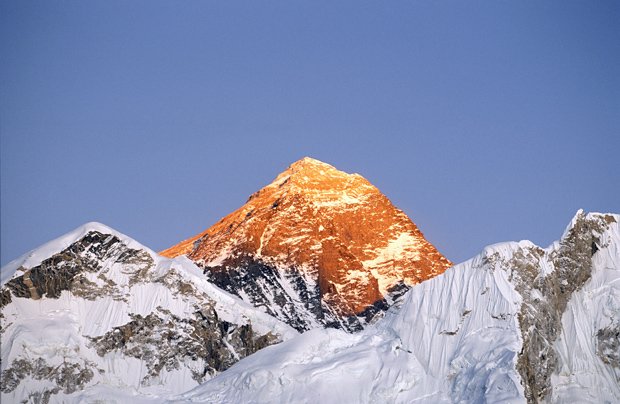Climate change transforming Himalayas

APA SHERPA, THE NEPALI climber who has conquered Mt Everest a record 21 times, said he was disturbed by the lack of snow on the world’s highest peak, caused by rising temperatures.
“In 1989 when I first climbed Everest there was a lot of snow and ice but now most of it has just become bare rock. That, as a result, is causing more rockfalls which is a danger to the climbers,” he says. “Also, climbing is becoming more difficult because when you are on a mountain you can wear crampons but it’s very dangerous and very slippery to walk on bare rock with crampons.”
An unclimbable Everest
After completing the first third of a gruelling 1700km trek across the Himalayas, Apa Sherpa would not rule out the possibility of Mt Everest being unclimbable in the coming years.
“What will happen in the future I cannot say but this much I can say from my own experiences – it has changed a lot,” he says.
The 51-year-old father-of-three, dubbed ‘super sherpa’, began his working life as a farmer but turned to the tourism industry and mountaineering after he lost all his possessions when a glacial lake burst in 1985.
He is on a 120-day walk known as the Climate Smart Celebrity Trek with another of the world’s top climbers, Nepali Dawa Steven Sherpa; the pair are expected to reach the finish on 13 May.
The expedition, the first official hike along the length of Nepal’s Great Himalayan Trail since it opened last year, will take in some of the world’s most rugged landscapes and see the duo ascending beyond 6000m.
Glaciers shrinking faster and faster
“I want to understand the impact of climate change on other people but also I’d like tourism to play a role in changing their lives as it has changed mine,” says Apa Sherpa.
Research published by the Kathmandu-based International Centre for Integrated Mountain Development (ICIMOD) last year showed Nepal’s glaciers had shrunk by 21 per cent over 30 years.
A three-year research project led by ICIMOD showed 10 glaciers surveyed in the region all are shrinking, with a marked acceleration in loss of ice between 2002 and 2005.
Scientists say the effects of climate change could be devastating, as the Himalayas provide food and energy for 1.3 billion people living in downstream river basins.
RELATED STORIES

